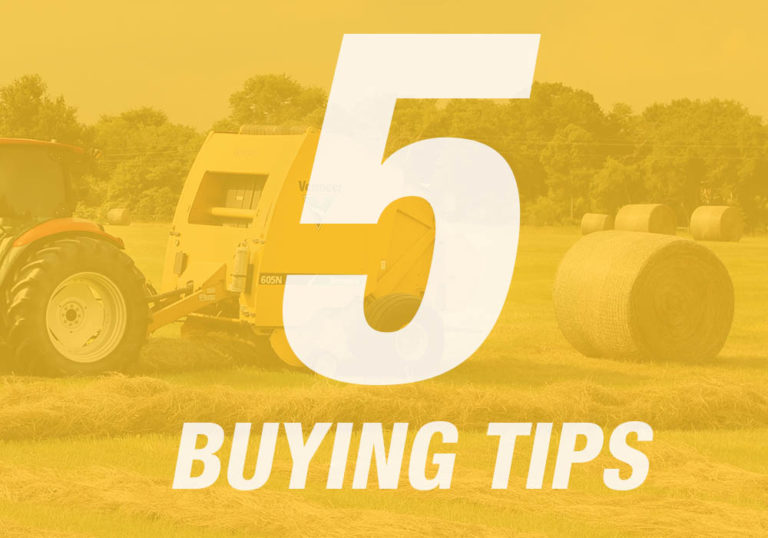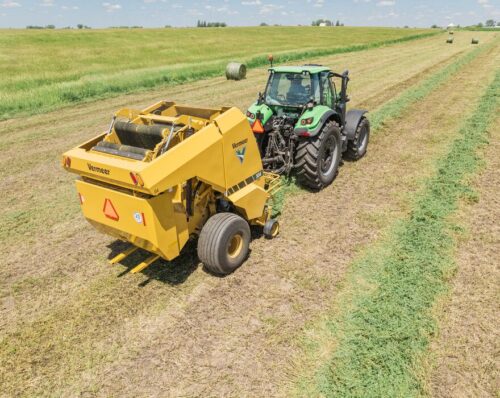
Be a smart hay negotiator with these tips
May 2019
Taking into account bale size, quantity and general hay quality are critical to making a good hay deal. But oftentimes, the conversation during which that deal is made is just as important to reaching the right price point. Here are a few ways to make sure you make the most of that conversation and walk away with both buyer and seller feeling good about the transaction.
- Plan ahead
- Do your homework before you enter into any hay purchase negotiation with the seller. Know the exact type, quality and quantity of hay you’re looking to purchase and be prepared to voice those specific needs to the seller to keep negotiations targeted and moving forward.
- Acknowledge everyone’s interests
- A hay seller wants to make money and a buyer wants to secure an important input for his or her operation. But in most cases, there’s a lot of common ground between the two parties. As a buyer, start the conversation by openly sharing your interests in the hay and forage market and allow the seller to share his or her own interests. Doing so can create common ground and a strong starting point from which to enter into price negotiations.
- Be realistic
- Using available pricing information, like weekly USDA-AMS hay market reports, you can find the general price trend for your area and the type of hay you’re looking to buy. Use that information and start the negotiation at a realistic price point that won’t offend or cause the seller to balk at your offer. Don’t be afraid to start lower than what you expect to pay, just don’t “lowball” the seller if you think he or she won’t respond in a way that will move negotiations closer to a sale.
- Communicate openly
- A lack of communication is often a major reason why negotiations fall apart. Be ready to communicate exactly what you need throughout the negotiation process so you, as the buyer, are on the same page as the seller.
- Account for “unseen value”
- Sometimes, variables like hay transportation and handling are easy to gloss over when negotiating a hay sale. Make sure any agreed-upon price accounts for these variables adequately to prevent either party from feeling like they’re getting “ripped off” in the hay sale. If the seller has to absorb the cost of transporting hay to the seller’s operation, that cost should be accounted for in the negotiated price.
Buying hay and forage — from high-quality alfalfa to feed your cattle all the way down to the lowest quality bedding material for barns and feedyard pens — is different than with most other crops.
Continue to learn more at Buy hay the right way.






